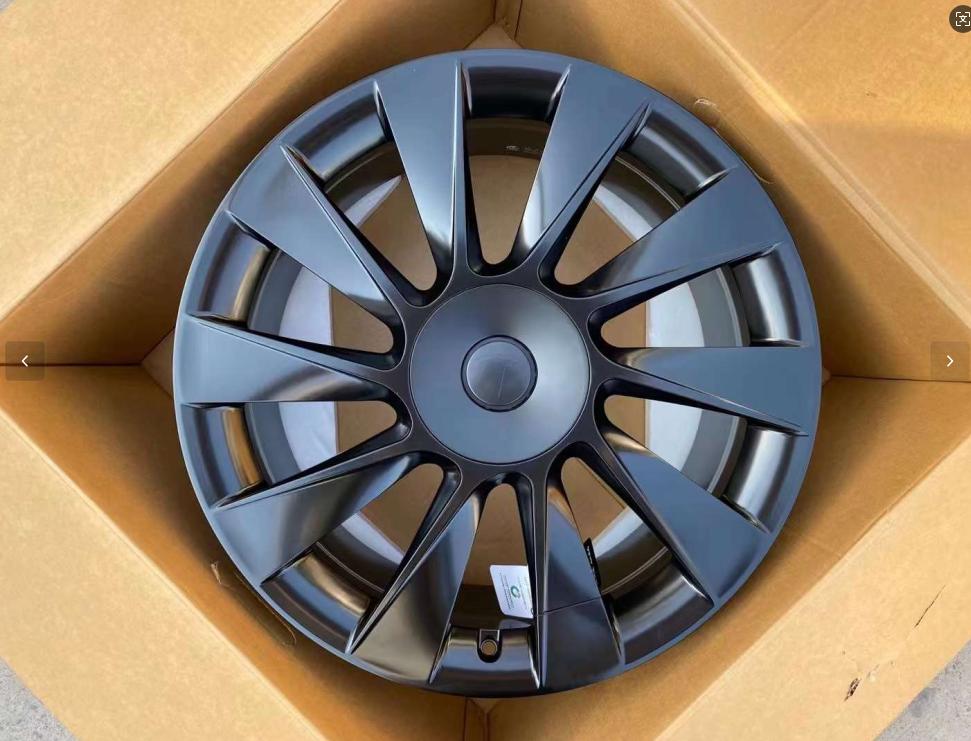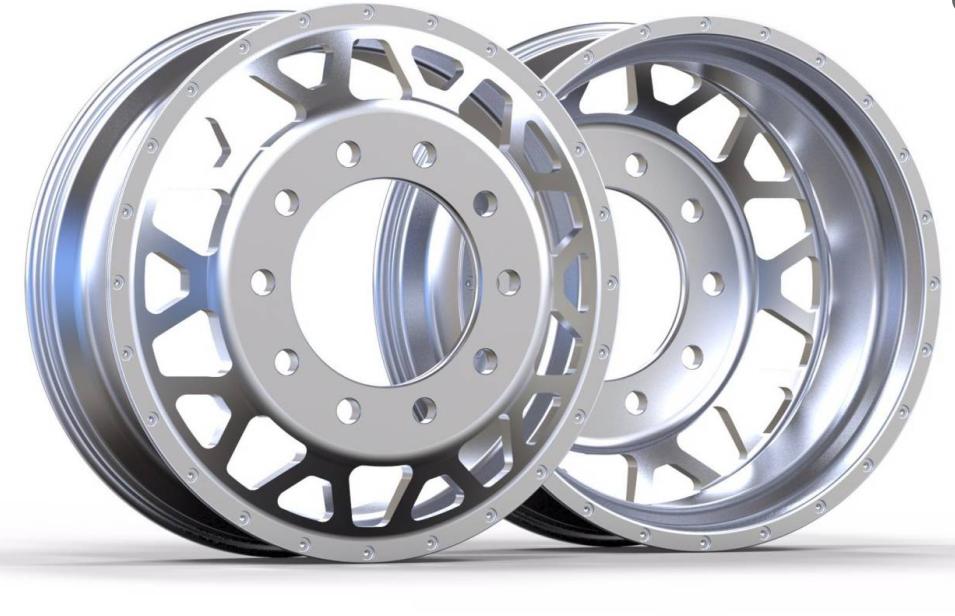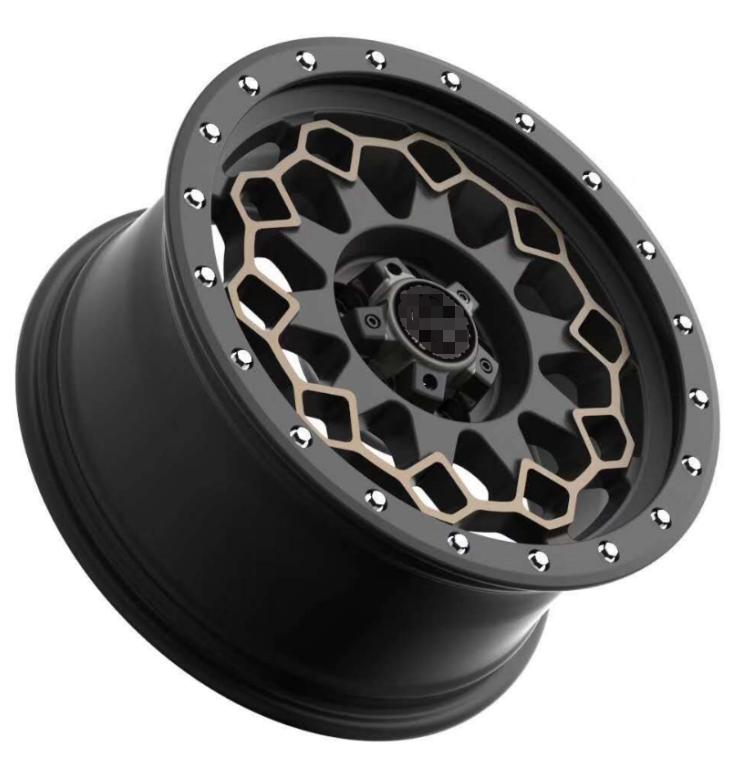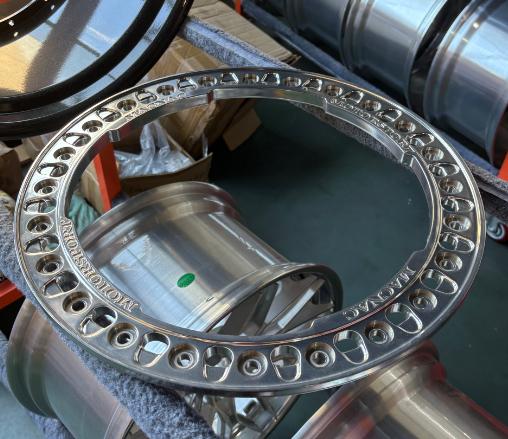Effortlessly! Cutting Green Concrete Like “Butter”
——Up to 27% Less Thickness, 100% More Performance. Imagine this: On a freshly poured construction site, your team can cut just as quickly and produce a surface as smooth as new without frequent stops to clean the segment. This isn’t just fantasy; it’s happening every day for our customers. What is ultra-thin? While our segments of conventional saw blade (3.0mm thickness) delivers reliable performance, SANG New 12 inch Laser-Welded Ultra-Thin Concrete Saw Blade (2.2mm thickness) is engineered to redefine productivity. By concentrating more cutting power into a significantly narrower path, combined with the “protective teeth” design,we offer unprecedented savings in time, material, and cost.

1.Thinner cutting kerf: a labor-saving solution tailored for "highly abrasive" materials.
What We've Done?
We've made the segment incredibly thin, resulting in a cutting kerf that's over a quarter narrower than conventional one.
What This Resulted in?
Reduces friction,less resistance during cutting, lowers energy consumption,makes cutting more efficient,and significantly less concrete lost to powder with each cut. When cutting highly abrasive green concrete, the smaller contact area results in less resistance and smoother chip evacuation, radically reducing entanglement with sticky materials.What This Means for You?
Whether in everyday construction or emergency projects, the ultra-thin saw blades provide a smooth and fast cutting experience, significantly saving time and energy.
2.Indestructible laser welding: making unplanned downtime a thing of the past.
What We've Done?
We use high-energy lasers to fuse diamond segment with highly elastic steel plates, creating a joint that is far stronger than conventional welding.For highly abrasive concrete, we designed "protective teeth" to protect the welding layer and further prevent the segments from falling off.
What This Resulted in?
Even in high-intensity, high-frequency usage environments, the saw blade still maintains excellent cutting performance, significantly extending its service life, reducing the frequency of replacement and improving long-term cost-effectiveness.
What This Means for You?
Completely eliminate downtime, blade replacement, and even safety accidents caused by segments detachment. Your project progress will be smooth and unimpeded, with stable output quality and brand reputation firmly guaranteed.3.Precision and environmental protection: a powerful tool for special cutting needs
What We've Done?
The ultra-thin design greatly reduces energy consumption during the cutting process. We have optimized the chip removal capacity and the vibration and noise reduction design, making the entire saw blade more energy-saving and environmentally friendly.
What This Resulted in?
The tool works more smoothly and quietly, avoiding the cracks and unevenness common. Smooth chip removal effectively controls the splash of water-containing dust. This is in line with global trends in green building and sustainable development, and is particularly suitable for markets with stringent environmental requirements.
What This Means for You?
It meets the needs of the modern construction market and can easily meet the construction scenarios with strict environmental protection requirements on noise and dust. Widely used in the field of green concrete, mainly focusing on: cutting of expansion joints and control joints, decorative cutting, local demolition and repair, etc.
Device power and Application scenarios
|
Device Type
|
Power level
|
Typical application
|
|
Small handheld cutting machine
|
Medium-low
|
Small range, trimming, grooving
|
|
Road cutting machine
|
Medium-high
|
Outdoor floors, roads, construction sites
|
















